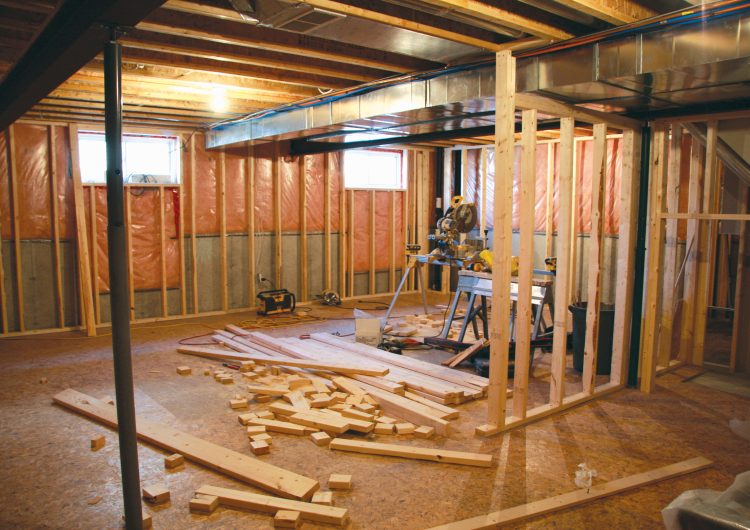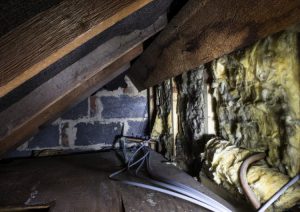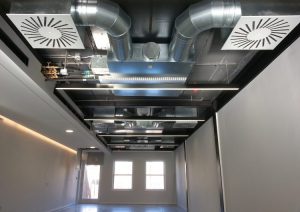Homeowners barely give any attention to their basement. Could the lack of basement insulation be increasing your energy bills?
Your basement, on account of having a large surface area, is a major source of heat loss in your home. Many homeowners have unfinished and uninsulated basements and barely give them much thought especially when they are used as storage areas. .
Insulating your basement, in addition to reducing your energy spend, makes the living space above more heat consistent, prevents radon and carbon monoxide infiltration, and helps control moisture problems.
Insulating Basement Walls
When insulating Basement walls, you could use materials such as:
- Blanket Insulation using materials such as fiberglass, slag wool, plastic fiber, or natural fiber. This is generally the cheapest of the insulation methods.1
- Rigid Foam Insulation by using an insulator made of polyurethane, polyisocyanurate, or polystyrene. Use these together with gypsum boards to meet fire safety requirements.
- Loose- Fillings Insulation using loose cellulose, fiberglass, or mineral. This type is particularly useful when used concurrently with other insulation methods to fill oddly shaped gaps or spaces near obstacles like beams.
- Spray Foam Insulation- this is usually the most expensive type of insulation but is highly mixture resistant.
Insulating the Basement Floor
If you hire a professional, they will first ensure there are no moisture issues before insulating the basement floor. They will then clean the concrete and cover it with epoxy once it dries before using materials such as fiberglass, foam board, or modular flooring for insulation.
If you are using or are planning to use the basement as a living area, add an in-floor heating system.
Insulating the Basement Ceiling
Insulation reduces heat transfer and sometimes, insulating the basement ceiling can reduce the temperature of your basement. This could cause issues like freezing pipes making them more prone to bursting.
Some experts advise focusing on insulating basement walls and not insulating the ceiling at all.
You can however partially insulate the ceiling to mitigate heat loss and lower heating costs. For this, use an insulation method that can fit easily among the many wires, pipes, and joists like fiberglass batt insulation.
Other Energy Saving Tips for the Basement
- Improve your Lighting Options
Your basement is likely to have low levels of natural light and a low ceiling. Because of this, homeowners tend to use track or halogen pot lighting, which use up a lot of energy.
If you have these types of lights, replace them with long-lasting fluorescent bulbs or LED energy saver bulbs to improve your energy savings in your basement.
- Sealing Holes and Gaps
After you have insulated your basements, find any gaps and holes that might have been left, especially where wires, pipes, and ducts run through, and seal them with spray foam or mastic tape.
Is insulating a basement worth it?
Yes! Every bit of money you save in energy bills goes a long way towards increasing your home’s energy efficiency. It’s recommendable that you hire experts for this type of insulation for safety and work efficiency.
Links to sources used
- Insulation Materials – https://www.energy.gov/energysaver/weatherize/insulation/insulation-materials




